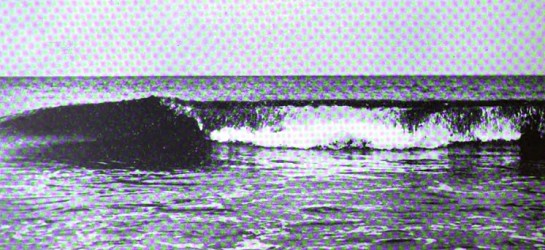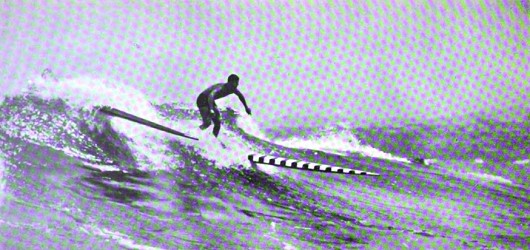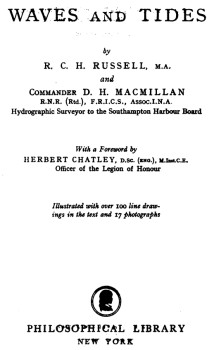
surfresearch.com.au
r.c.h. russell and d.h. macmillan : surf riding, 1953
r.c.h. russell and d.h. macmillan : surf riding, 1953
|
|
|
|
|
|
 |
surfresearch.com.au
r.c.h. russell and d.h. macmillan : surf riding, 1953 |
| Facing page 88 Plate vii
A perfect plunging breaker (F.J.T. Kestner) Plate viii Surf-riding on spilling breakers. (Courtesy Australian News Information Bureau) |
  |
|
Russell, R. C. H., and MacMillan, Commander D. H.: Waves and Tides Philosophical Library, New York, 1953. Hathi Trust https://hdl.handle.net/2027/mdp.39015065511159 |
 |
WAVES
AND TIDES by R. C. H. RUSSELL, M.A. and Commander D. H. MACMILLAN R.N.R. (Rtd.), F.R.I.C.S., Assoc.I.N.A. Hydrographic Surveyor to the Southampton Harbour Board With a Foreword by HERBERT CHATLEY, D.Sc. (eng.), M.lnst.C.E. Officer of the Legion of Honour Illustrated with over 100 line drawings in the text and 17 photographs. PHILOSOPHICAL LIBRARY NEW YORK |
|
|
|
|
|
|